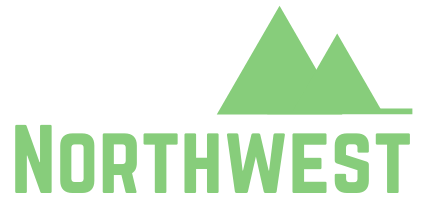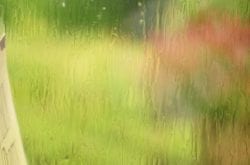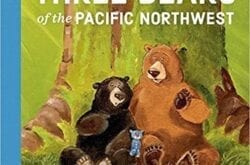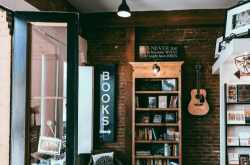
Faces of the Northwest is our regular series featuring Q&A interviews with small business owners and tourism professionals that help make the Northwest such a wonderful place to visit and live. Today we’re talking with Laura O. Foster, author and publisher of Columbia Gorge Getaways: 12 Weekend Adventures, from Towns to Trails.
Can you tell us a little about your business?
My company is Towns to Trails Media; it is the publisher of Columbia Gorge Getaways. My other books were published by traditional publishers; I wanted more control over this and future guidebooks, so I formed my own company in 2015. In the works for release in fall 2017 and spring 2018: three regional guidebooks and a revised edition of Columbia Gorge Getaways that includes new gorge businesses since the first pub date of May 2016.
I also give talks on Northwest places, lead urban tours for nonprofits, and write about regional parks and natural areas for Portland Parks and Recreation and Metro, the Portland-area regional government.
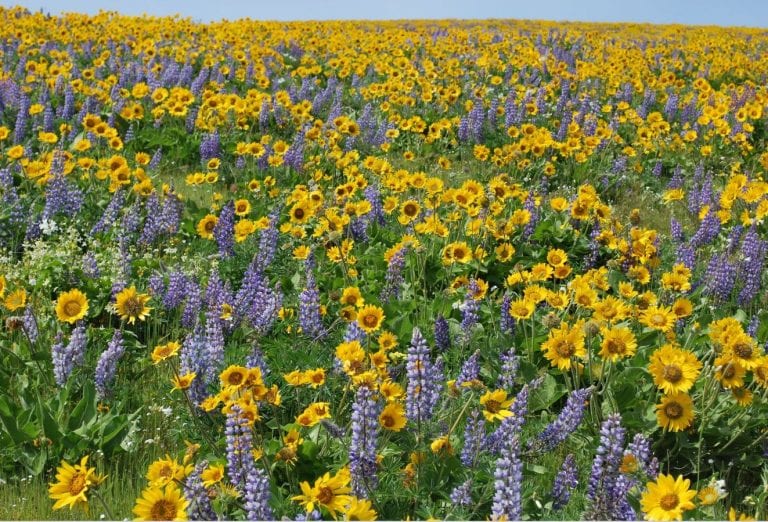
Columbia Gorge Wildflowers, Laura O. Foster
Do you have any ‘insider’ tips you’d like to share?
The eastern gorge—east of Bingen, WA and Mosier, OR—offers west siders good medicine starting in March: blue skies, brilliant sunshine, and a wildflower show that will tax your phone’s storage capacity. No matter how many times you see it, the transition across the Cascade Mountains from the green west side to the east side rain shadow is stunning. On the east side, and especially in Oregon, more and more land –once used for grazing—is now protected, creating habitats for wildlife, and hiking/photography opps for humans. Dog Mountain is no longer the only place to go to enjoy a terrific wildflower display.
Gorge waterfalls are best in winter and spring when they ran fat and full, and fewer people venture out to see them. You won’t be stuck in traffic on the Historic Columbia River Highway if you go midweek. This winter’s heavy rains and snow mean the waterfalls are especially spectacular.
Another tip: almost every gorge town has a paved, riverfront bike/pedestrian pathway system that gets you down on the water, and offers flat biking and big views. All are featured in the book. Along the way: museums, shops, beaches, parks, restaurants and did I mention, fabulous views?
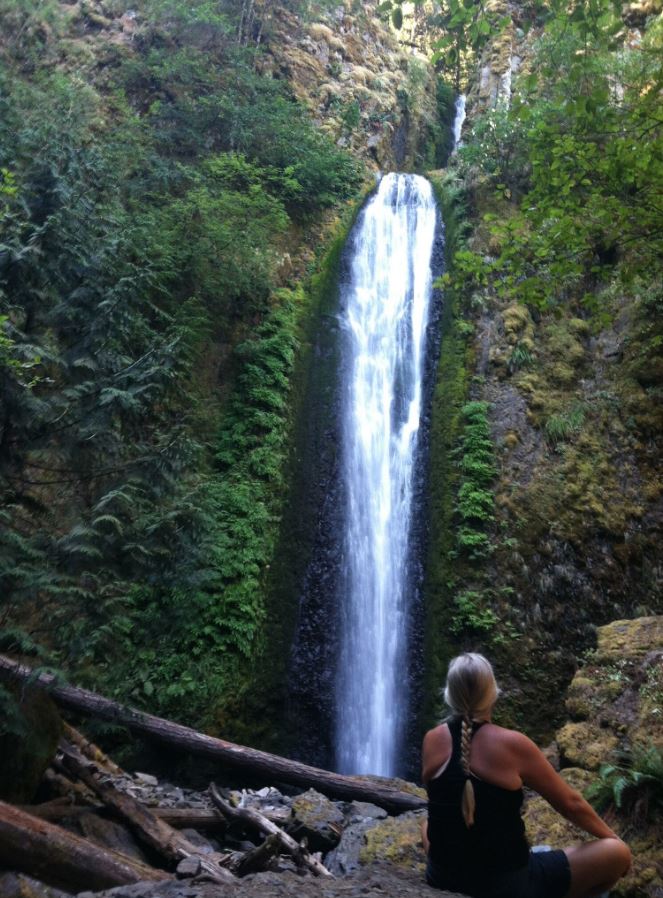
Gorton Creek Falls, Columbia Gorge, Laura O. Foster
How did you get started?
Since I bought my first Schwinn with babysitting money at age 12, I’ve been a biker and urban explorer, trying never to take the same route twice, ignoring dead end signs, and stopping often to ask questions and try to unravel the stories of a landscape. I love finding unmapped paths and little-traveled back roads and weaving them into routes exploring views, history, geology, architecture and native plants—all the layers that weave together to make a place fascinating, if you slow down enough to actually see it.
I worked as a book editor, ghost writer and contract writer for years. It was when I met my husband in 1997 that I got the idea to write my first book, about exploring Portland’s back streets, public stairs and hidden paths. He’s a geologist and geotechnical engineer who grew up in Portland’s West Hills. He showed me hidden paths and taught me so much about being a forensic observer of a landscape, teasing out its past from what is observable in the present.
Is there something about you that few people know but would find interesting?
I have a finance degree. In my 20s I was a commercial loan officer in a bank, loaning money to small manufacturers that made, for example, woven labels, millwork, and bolts and screws! From that work, I came to love what small businesses do for communities. They are its lifeblood. I encourage readers of my books to eat, shop, drink and spend a bit of money in the communities they explore. If you’re enjoying a place, leave a positive economic footprint while you’re having a good time.
When you have a day off, what are some of your favorite things to do in the Northwest?
We have 20 acres in the Tualatin Mountains that were logged in the early 90s. We replant native trees and shrubs, remove invasives, build trails, cut deadfall and otherwise play on our property. Whether you own land or live near a city or state park, being a steward of that place is so satisfying: you see it in its seasonal moods, observe changes over the years, and help it thrive by cutting ivy or holly, for instance, or picking up litter. So much of my work is digital; my overalls, leather gloves, handsaw and Felco pruner keep me connected to the earth and bring me joy.
If you had to describe what you love about the Northwest in 3 words, what would you choose?
Nature is near.
Is there anything else you’d like people to know?
I’m not as much a hiker as explorer. I never do an all day hike; somewhere in that exploration there has to be a brewpub, urban exploration and scenic back road for me to call it a perfect day.
